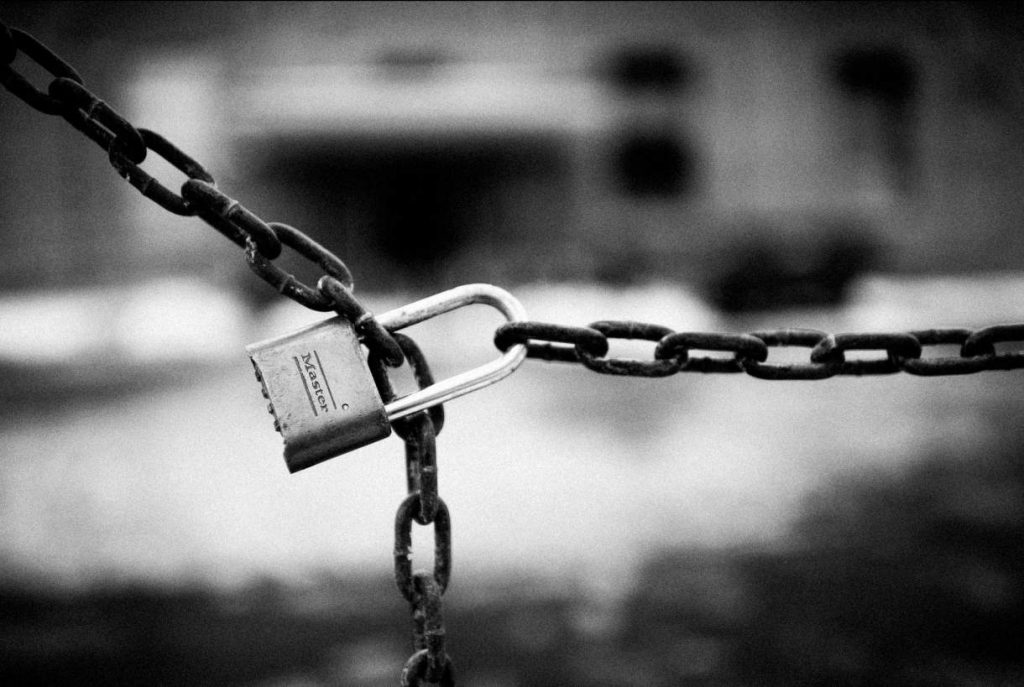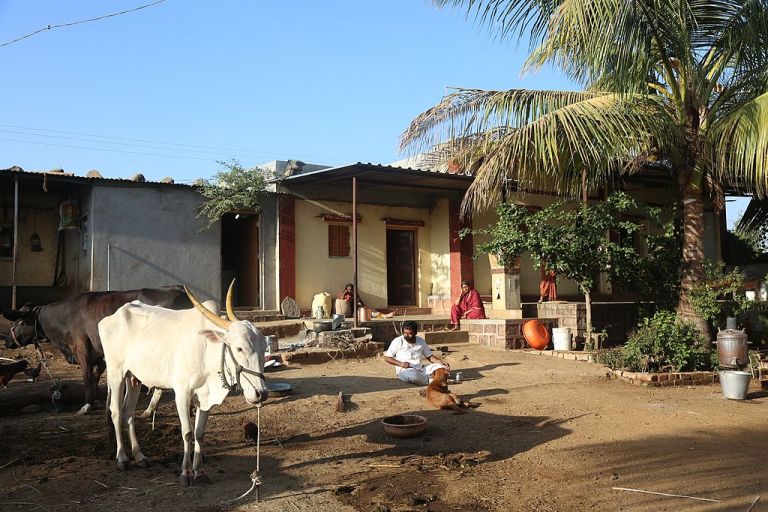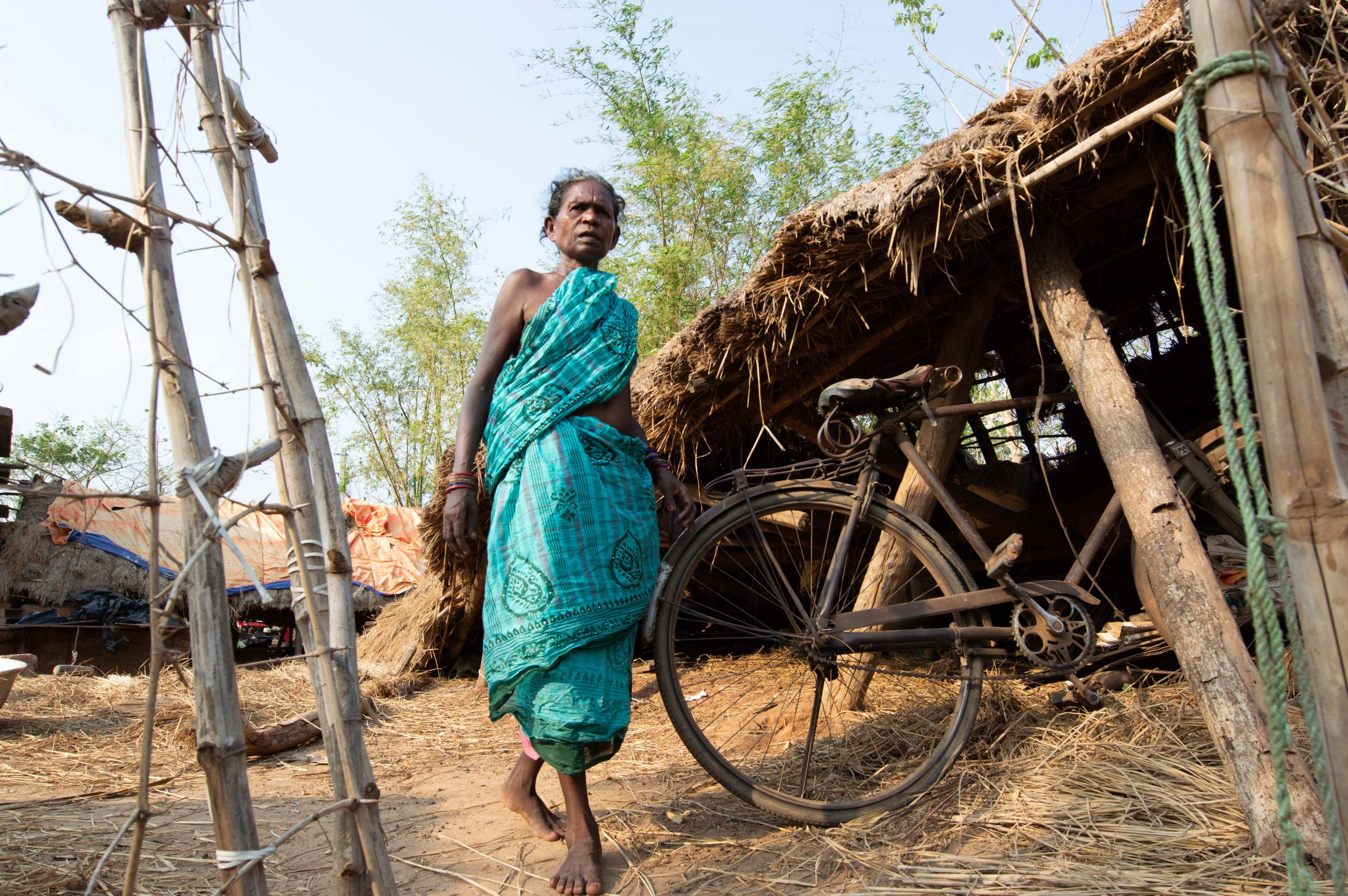India is facing one of the biggest public health, social, and economic crises it has seen in a generation. The government needs to recognise that this is completely unprecedented—nothing less than a war—and that while they have taken some steps to combat this, the sheer magnitude of the problem means that these alone won’t be enough.
If India wants to create a meaningful response to the crisis, we need to pool in and mobilise all the resources we have in the country. This needs to start at the top with the government, and percolate down to cover every public, private, and civil society actor.
Civil society has the reach and the people with the skills and resources to help, and it is willing to put all of this into service.
To be able to do this, there needs to be a framework of engagement, wherein civil society can aid the government’s efforts at a systemic level. At the moment, however, there is no framework. As a result, the work being done by civil society is sporadic, and dependent on the relationships one has with the local authorities. But to be able to do this at scale, a government directive is essential.
For instance, we know people need food, and we know we can supply it. But how do we reach them in the current lockdown state? The warehouses are in one place, the trucks to transport them are somewhere else, and the communities are in a third place altogether.
Civil society has the reach and the people with the skills and resources to help, and it is willing to put all of this into service. This is one of the first times when people across the development sector are willing to leave their individual organisation’s work on health, education, livelihoods, gender, and so on, and do what it takes to help with the situation at hand. But right now, our hands are tied as a result of the lockdown.

Right now, civil society’s hands are tied as a result of the lockdown. | Photo courtesy: Flickr
A pandemic is not a law and order problem
India has declared the COVID-19 outbreak as a ‘notified disaster’ under the Disaster Management Act, 2005. This enables the government to provide assistance and spend additional funds on mitigation strategies, capacity building, and more. In any other disaster—be it a cyclone, a flood, or an earthquake—civil society is usually at the frontlines of providing immediate relief.
We need to take off the law and order lens, and start looking at it from a disaster lens.
The difference this time is that the government is treating this as a lockdown first. The administration has forgotten that this is a disaster. And like in any other disaster, the focus should be on bringing in resources to fight this, and not just on ensuring that nobody steps out.
Though the current lockdown is necessary, by itself, it’s not enough to flatten the COVID-19 curve in India. We need to make sure that people’s basic needs are being met, along with providing information and building resilience among communities.
To do this, we need to take off the law and order lens, and start looking at it from a disaster lens, since these are two different ways of working—one is punitive, the other, supportive.
To make this happen, we need an enabling framework
The government needs to create a framework where civil society organisations are able to aid and support the work the government is doing.
Three key elements of this framework include:
- A broad directive, circular, or order from the Union Government (ideally, the Prime Minister’s Office) granting permission to organisations so that they can start working and support the response on the ground.
- A set of guidelines outlining specific ways in which civil society can contribute and strengthen the government’s response.
- A dedicated point of contact with the government. This can be a separate body at the national level (such as the National Disaster Management Authority) or at the state level (such as the Chief Minister’s Office), whichever is more appropriate.
There is already a lot of work happening at the micro level—people are volunteering, creating fundraisers, and organisations are working with the communities they serve. Corporates are keen to deploy their resources but they don’t know where and how to do that. Creating a framework will allow for a more coordinated response and for work to take place at scale.
Civil society has a critical role to play
Government officers at the state and district levels know that civil society is a critical partner when it comes to relief work, and that it’s one of the biggest resources available to them. When deployed effectively, we can reach places where others cannot, and we can do it quickly and efficiently.
If given a framework to operate within, we can draw on our experience and extensive reach to:
We can leverage our strong relationships with communities and ready pool of volunteers and resources, while also being a channel for the private sector to deploy resources.
Just like in any other disaster, civil society can serve as first responders by providing food, ensuring water and sanitation facilities in camps, and distributing protective gear—particularly in far flung areas.
Given the amount of misinformation going around, we have a major role to play in building awareness among communities, panchayats, and public representatives. For instance, in a village in Bihar, people have put up a poster saying, “Corona leke bahar se aane wale kisi ko andar aane ki ijazat nahi hai. Aaoge toh dande marenge aur lathi chalegi.” (People coming from outside the village carry coronavirus, and will not be allowed in. You will be beaten with sticks, if you do).
This is how people are treating their fellow villagers—people who have probably walked more than 200-300 km to come home. Instead of ostracising their own, communities need to be trained on how to identify symptoms that require isolation, on how to quarantine, and how to do physical distancing, among other things.
Once the immediate relief needs are met, an ongoing activity will be reviving the economy, particularly at the rural and the informal-sector levels.
India has a small window of opportunity to implement prevention measures to stop and delay the further spread of the pandemic. The world into which we emerge at the end of the pandemic will be a fundamentally different one. All steps need to be taken to ensure that it is a better one.
This article has been written based on an interview conducted with Amitabh Behar.
—
Know more
- Read Oxfam India’s open letter to the Prime Minister, calling for an eight-point plan that includes focus on increasing free testing and ensuring a gender- and socially-inclusive response.
- Learn more about the challenges of managing a hunger crisis during a public health emergency.





